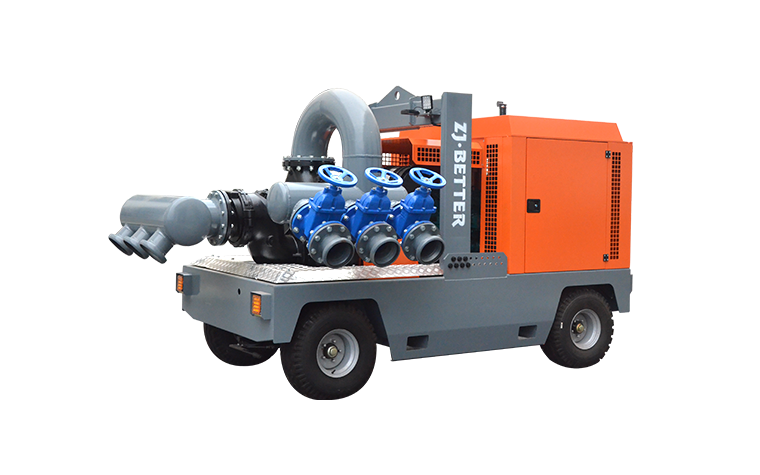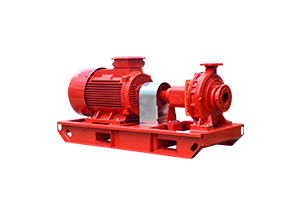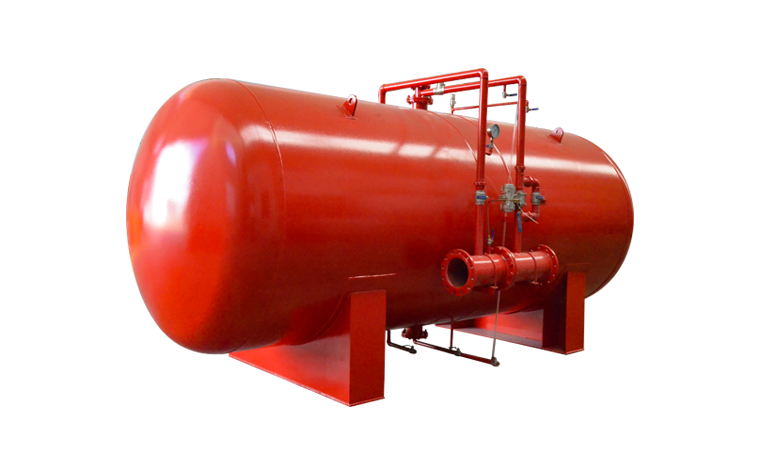-
 Jul 10, 2024What are the benefits of using electric fire pumps in high-rise buildings?Benefits for high-rise buildings include:
Jul 10, 2024What are the benefits of using electric fire pumps in high-rise buildings?Benefits for high-rise buildings include:
Reliable performance: Providing consistent water pressure to all floors, essential for effective fire suppression.
Compact design: Often more compact and easier to install in limited spaces compared to diesel pumps.
Quiet operation: Producing less noise, which is beneficial in residential or office environments.
Environmentally friendly: Emitting no exhaust fumes, contributing to better indoor air quality and compliance with environmental regulations.View details -
 Jul 10, 2024How do electric fire pumps handle peak demand situations?Electric fire pumps handle peak demand situations by:
Jul 10, 2024How do electric fire pumps handle peak demand situations?Electric fire pumps handle peak demand situations by:
High-capacity design: Being designed to meet the maximum anticipated flow and pressure requirements.
Redundancy: Using multiple pumps or a combination of main and booster pumps to ensure adequate supply during peak demand.
Automatic controllers: Employing controllers that can adjust pump operation based on real-time demand, ensuring optimal performance.View details -
 Jul 10, 2024What considerations should be taken when retrofitting an existing fire pump system with an electric fire pump?When retrofitting, consider the following:
Jul 10, 2024What considerations should be taken when retrofitting an existing fire pump system with an electric fire pump?When retrofitting, consider the following:
System compatibility: Ensure the new electric pump is compatible with existing piping, valves, and electrical systems.
Space constraints: Verify that there is adequate space for the new pump and associated equipment.
Power requirements: Confirm that the existing electrical infrastructure can support the new pump’s power needs.
Code compliance: Ensure the retrofit meets all current fire safety codes and standards.
Operational impact: Plan the retrofit to minimize disruption to building operations and fire protection during installation.View details -
 Jul 08, 2024How do you handle the disposal of an old electric fire pump?Proper disposal of an old electric fire pump involves:
Jul 08, 2024How do you handle the disposal of an old electric fire pump?Proper disposal of an old electric fire pump involves:
Environmental regulations: Adhering to local and national environmental regulations for disposing of electrical and mechanical components.
Recycling: Partnering with certified recycling facilities to responsibly recycle metals, plastics, and other materials.
Hazardous materials: Properly disposing of any hazardous materials, such as lubricants and coolants, according to safety guidelines.
Documentation: Keeping records of the disposal process to ensure compliance with environmental policies.View details -
 Jul 08, 2024How do you ensure continuous operation of an electric fire pump during a power outage?To ensure continuous operation during a power outage:
Jul 08, 2024How do you ensure continuous operation of an electric fire pump during a power outage?To ensure continuous operation during a power outage:
Backup generators: Install a reliable backup generator with sufficient capacity to power the fire pump and other critical systems.
Automatic transfer switches (ATS): Use ATS to automatically switch to the backup power source without interruption.
Uninterruptible power supplies (UPS): Implement UPS systems to provide immediate power during the transfer switch delay.
Regular testing: Conduct routine tests of the backup power system to ensure it operates correctly in an emergency.View details -
 Jul 03, 2024How do fire pumps integrate with water mist fire suppression systems?Pressure Requirements: Providing the high-pressure water supply necessary for water mist systems to generate fine droplets.
Jul 03, 2024How do fire pumps integrate with water mist fire suppression systems?Pressure Requirements: Providing the high-pressure water supply necessary for water mist systems to generate fine droplets.
- Compatibility: Ensuring materials and components are compatible with the unique demands of water mist systems.
- System Coordination: Coordinating activation and control with water mist system components for optimal performance.
- Maintenance Needs: Addressing specific maintenance requirements for water mist systems to ensure reliable operation.View details

.png)
.png)

.png)


